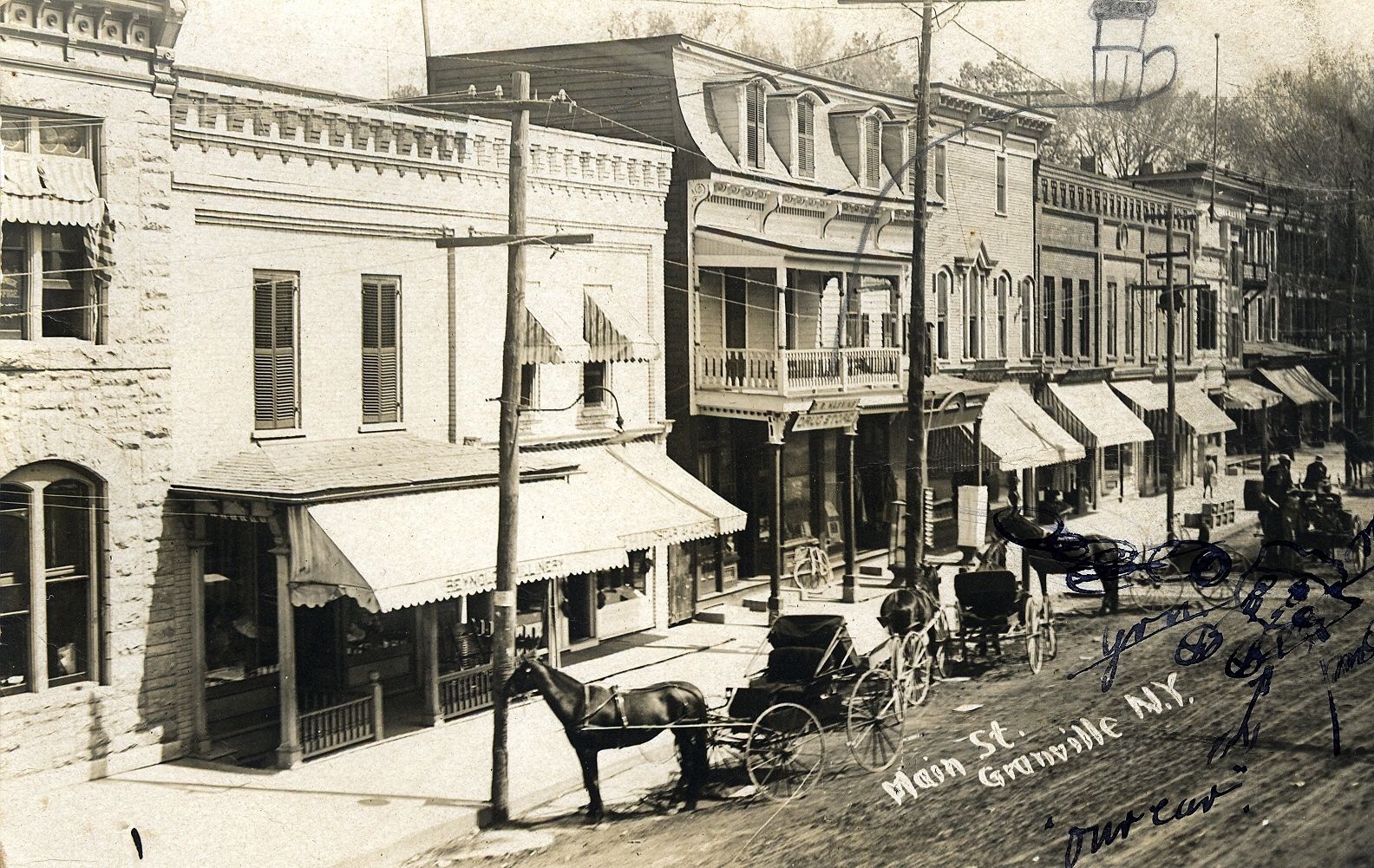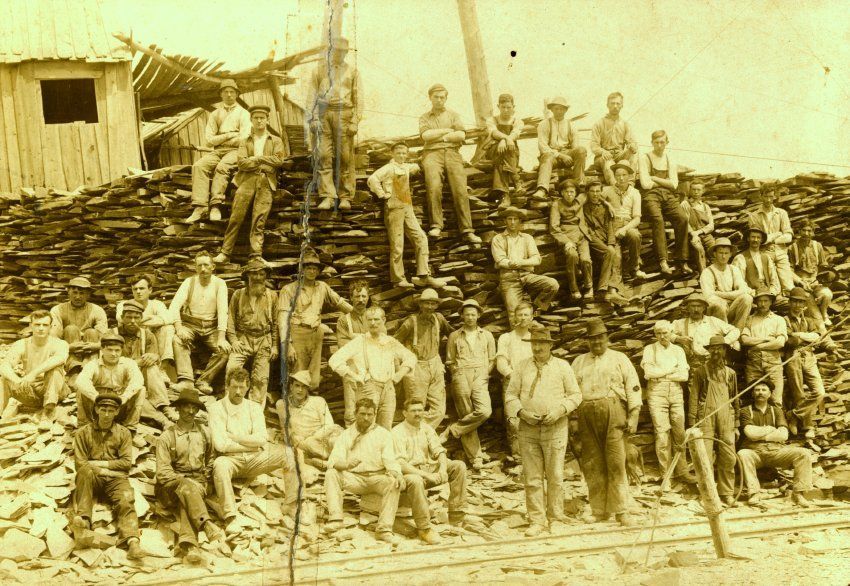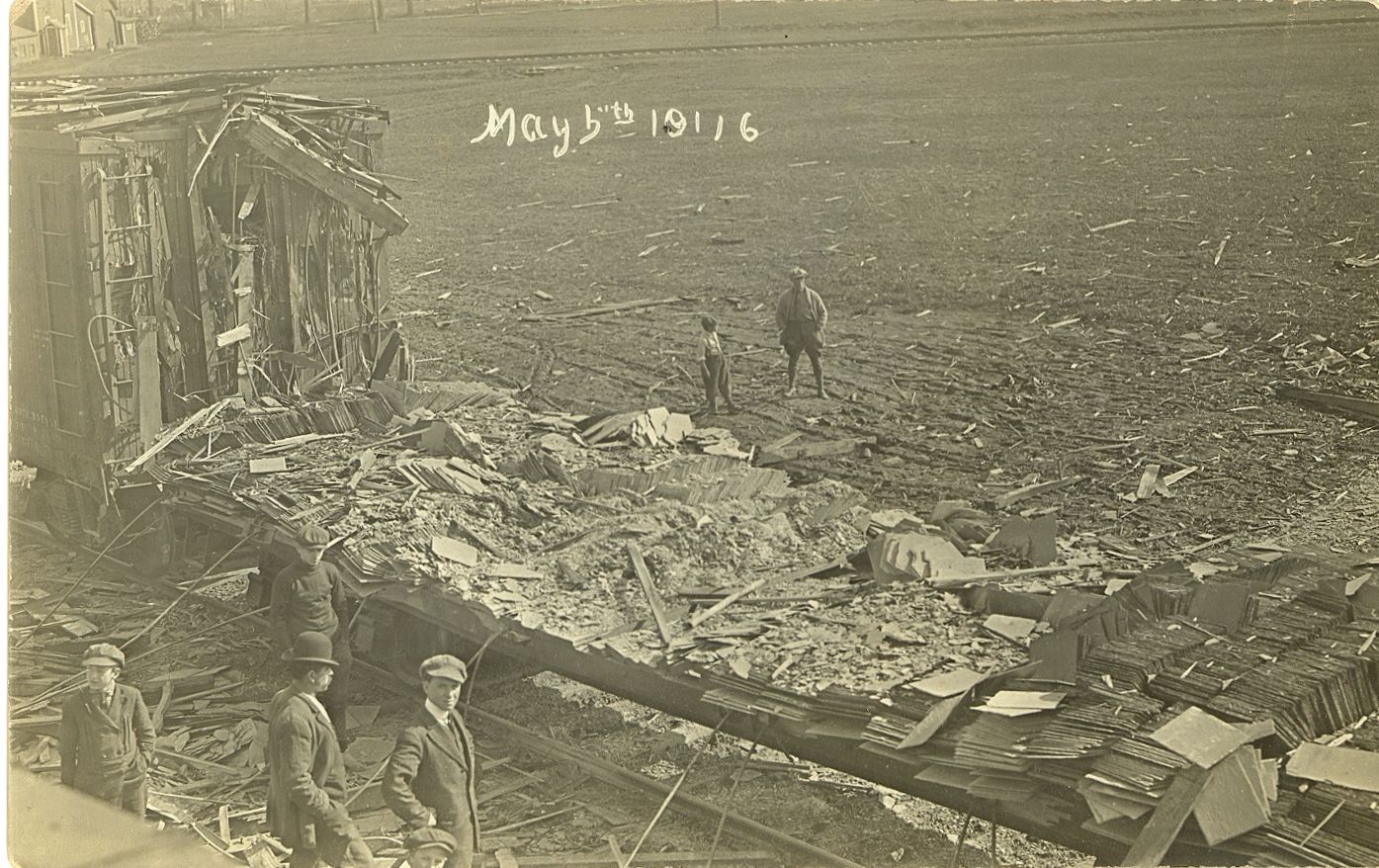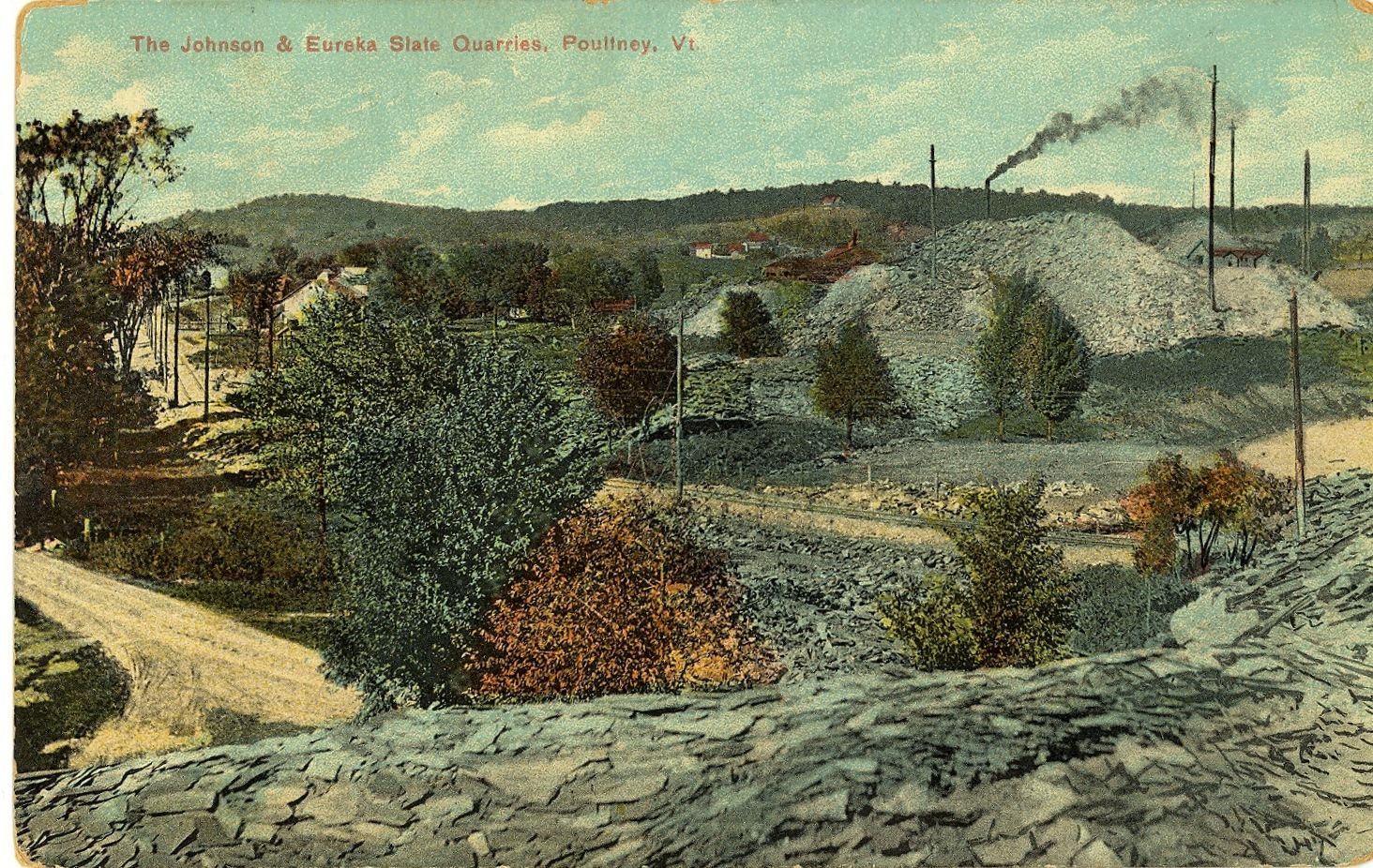Labor History in the EarlyTwentieth Century
The New Century
The slate industry's prosperity in the early 20th century brought both advantages and challenges for striking workers. During this time, workers argued for a share in the industry's prosperity. However, the booming industry meant that disgruntled workers could easily leave the slate valley and find work at other quarries in Maine, Pennsylvania, and other places.
During World War One, the slate industry faced a collapse as sales of slate squares decreased, wages fell, and dozens of quarries were forced to close. The priority on building army facilities instead of homes, the shortage of coal for the war effort, and the lure of better paying jobs in other industries caused many skilled slate workers to leave the industry and not return. This resulted in a significant decrease in population in quarry towns such as Granville, Poultney, and Fair Haven, with a drop of up to 25%.
Strike of 1907
On May 1st, 1907, 400-500 workers in the slate valley made demands to quarry and mill owners, motivated by the industry's prosperity and the wave of strikes in other industries at the time. The strikers' demands included: ten hours of pay for nine hours of work, time and a half pay for overtime, double pay on Sundays, and recognition of a slate worker's union. The strike lasted at least until April 1908, a dramatically long strike relative to other strikes in previous years. Despite the length, the strikers' demands were not met and several quarries continued to operate during the strike. In September 1907, a fire of unknown cause broke out and destroyed an engine house in Blissville, causing $3,500 worth of damage. The International Slate Makers Union supported the cause through a national fundraising effort that brought in $6,300 for striking workers. Some argue that the strike led to an exodus from the slate valley as many workers left the area to find better or more peaceful work elsewhere and never returned.
Strike of 1939
Workers in the slate industry went on strike on 1939, motivated by the economic recovery of the late 1930s and the new protections and power granted to labor unions by the National Labor Relations Act of 1935. They demanded higher wages to share in the industry's prosperity. After four days of striking, the workers successfully negotiated a wage scale for different skilled jobs, with sawyers receiving 50¢ an hour, splitters 48¢ an hour, and trimmers 47¢ an hour. The success of this strike was likely due to the federal government's interest in protecting workers at the time.
Currently Closed. Click here to learn more about our hours.
Research & programs by appointment only
The Slate Valley Museum's programs are made possible by the New York State Council on the Arts with the support of Governor Kathy Hochul and the New York State Legislature.






